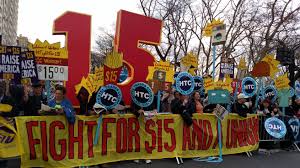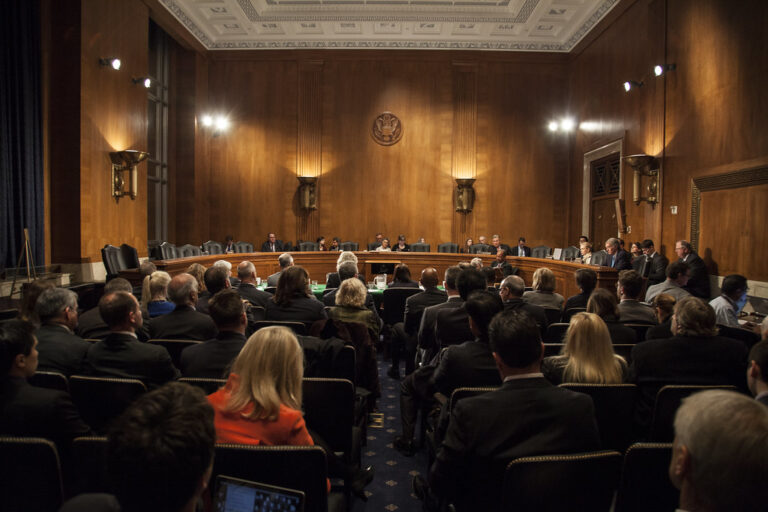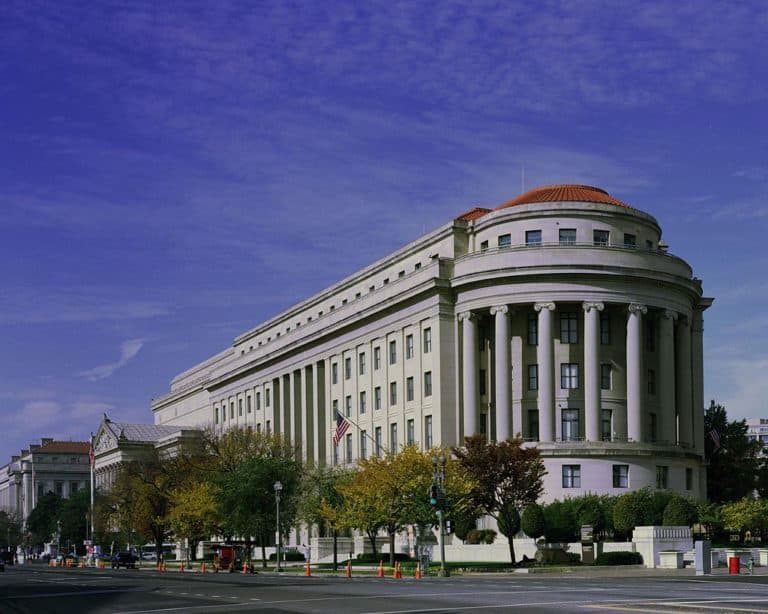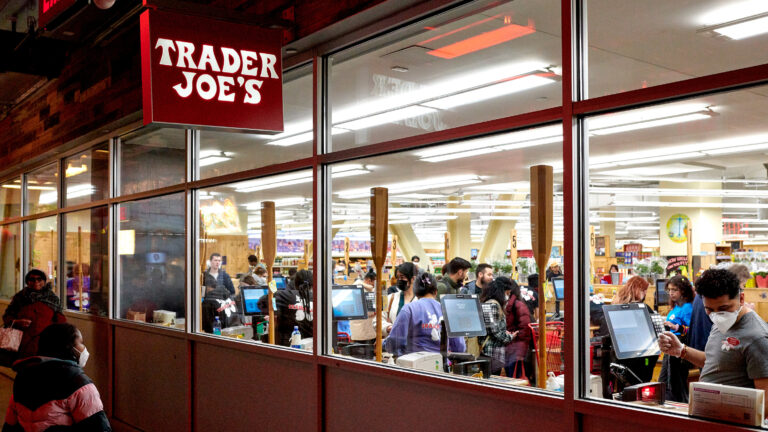
Courtney Brunson is a student at Harvard Law School and member of the Harvard Legal Aid Bureau.
The Congressional Budget Office released a report on Monday on the effects of the Raise the Wage Act of 2021. It concluded that the legislation’s aim to increase the federal minimum wage to $15 an hour by 2025 would increase raises for 27 million workers and lift 900,000 Americans above the poverty threshold. In addition, the cumulative pay of workers directly and potentially affected would increase, on net, by $333 billion by 2031. The CBO also noted, however, that employment would be reduced by 1.4 million during this time period with young, less educated people accounting for a disproportionate share of those reductions. Efforts to increase workers’ livable wage and compensation have received support by Democrats in Congress and President Joe Biden, while many Republicans have expressed concerns that such efforts could increase the country’s deficit and harm individual businesses.
Liberty Street Economics wrote yesterday about the disproportionately negative impact COVID-19 has had on the labor participation of Black Americans. Their analysis has indicated that Black labor participation fell more severely at the onset of the pandemic and has since recovered more slowly. As a result, though the years following the Great Recession had narrowed the long-standing Black-white participation gap, the pandemic has erased these gains. According to their report, the unemployment rate of Black workers during the pandemic has pushed the Black-white unemployment gap from 3 percentage points in February to 5.4 percentage points in August 2020. The National Women’s Law Center recently focused on the impact of COVID-19 to female workers’ employment by analyzing the most recent Bureau of Labor Statistics (BLS) monthly report, as covered by On Labor here. According to their report, all of the 87,000 jobs gained in the U.S. economy were held by women. However, 275,000 women have left the labor force altogether (either by no longer working or seeking employment). This is especially concerning, as the total number of women who have exited the labor force has reached 2.3 million since the start of the pandemic, which puts the female labor force participation at the rate it was in 1988. As efforts to help the country recover from the pandemic continue, these statistics indicates that policymakers should prioritize communities disproportionately impacted.
As the vaccine rollout continues throughout the country, Bloomberg Law reported yesterday on the results of the CDC’s Morbidity and Mortality Weekly Report, which surveyed 3,541 people in September and 2,033 individuals in December on whether they were certain or very likely to get a Covid-19 vaccine. The study concluded that only about half of U.S. adults surveyed said they would get the vaccine. Of those surveyed, younger adults, women, Black people, adults not living in cities, those with low education, those with low income, and those lacking health insurance were most likely to say they didn’t plan on getting a vaccine. Top concerns expressed by respondents included concerns about the side effects and safety of vaccines as well as the swift pace at which the vaccines were developed. Though a greater proportion of those surveyed said they would get the vaccine in December than September, the survey indicated that “more work needed to be done to address concerns about the vaccines after they were cleared for use.”
The latest of multiple professional athletes who have recently engaged in collective bargaining in the midst of the pandemic, the Major League Soccer (MLS) and players’ union (MLS Players Association, or MLSPA) successfully ratified amendments to their collective bargaining agreement before this week’s deadline. For context, the two sides formulated a five-year agreement last winter. However, the repercussions from the coronavirus pandemic required that both groups return to negotiations after players initially agreed to 7.5% salary cuts. Though the MLSPA declined to reveal the voting results, they did provide the following statement:
“MLS players have made incredible sacrifices and overcome considerable challenges in the past year to continue doing their jobs during a difficult time for all of us. We now move on to a 2021 season that we hope can reunite supporters and players in stadiums all across North America to enjoy and advance the game we all love.”






Daily News & Commentary
Start your day with our roundup of the latest labor developments. See all
November 21
The “Big Three” record labels make a deal with an AI music streaming startup; 30 stores join the now week-old Starbucks Workers United strike; and the Mine Safety and Health Administration draws scrutiny over a recent worker death.
November 20
Law professors file brief in Slaughter; New York appeals court hears arguments about blog post firing; Senate committee delays consideration of NLRB nominee.
November 19
A federal judge blocks the Trump administration’s efforts to cancel the collective bargaining rights of workers at the U.S. Agency for Global Media; Representative Jared Golden secures 218 signatures for a bill that would repeal a Trump administration executive order stripping federal workers of their collective bargaining rights; and Dallas residents sue the City of Dallas in hopes of declaring hundreds of ordinances that ban bias against LGBTQ+ individuals void.
November 18
A federal judge pressed DOJ lawyers to define “illegal” DEI programs; Peco Foods prevails in ERISA challenge over 401(k) forfeitures; D.C. court restores collective bargaining rights for Voice of America workers; Rep. Jared Golden secures House vote on restoring federal workers' union rights.
November 17
Justices receive petition to resolve FLSA circuit split, vaccine religious discrimination plaintiffs lose ground, and NJ sues Amazon over misclassification.
November 16
Boeing workers in St. Louis end a 102-day strike, unionized Starbucks baristas launch a new strike, and Illinois seeks to expand protections for immigrant workers